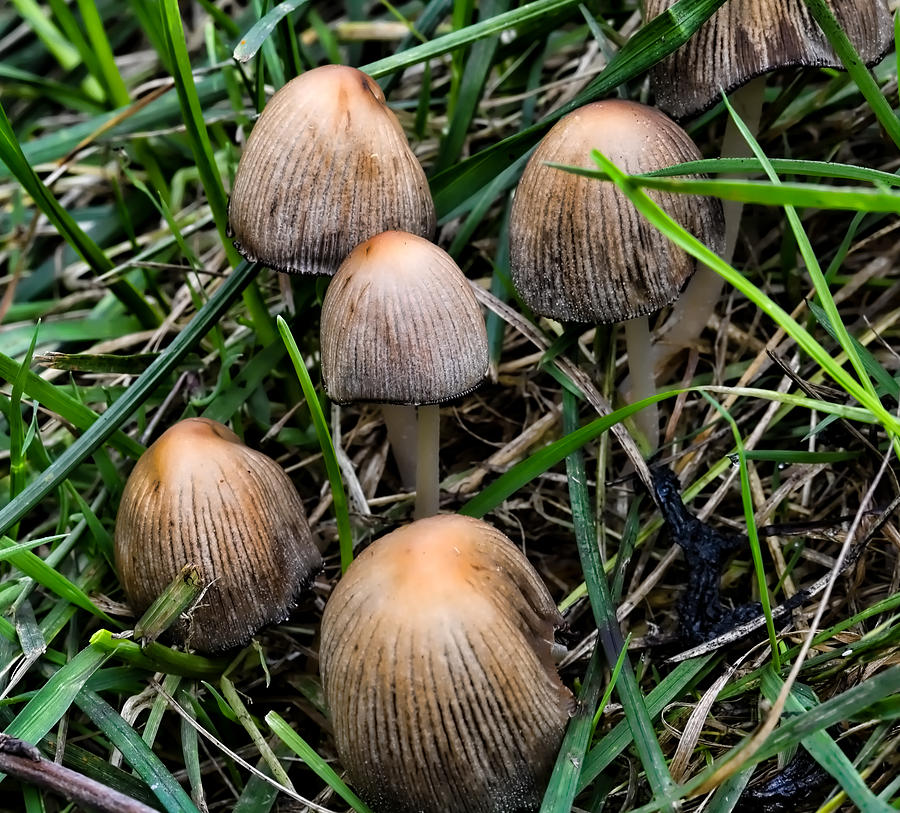Desert Inky Cap: Red Data Book of Armenia

Category. VU– Vulnerable.
Brief description. Young fruit body is up to 3 cm across white, yellowish, subglobose. Peridium is membranous, when tears the stipe protrudes. Cap is from 1 to 6 cm across, yellowish, radially cracked, squarrose with lamelliform lobes. Gills are 0,6–0,1 cm, width, when mature black, crumbling, with wavy margins, covered with hymenium. Stipe is 6–25 x 0,5–2 cm white, yellowish, fleshy when young. When mature it is woody, covered with minor, yellowish scales, with remnants of peridium/volva at the base. Spore print is black. Spores are 10–16 x 7–11 µm, black, egg–shaped or ellipsoid, smooth with germ–pores.
Distribution. Generally in Europe, Asia, Northern Africa, Northern America, Southern America, Southern Caucasus (Georgia, Armenia). In Armenia it is discovered in Yerevan floristic region – in "Khosrov" State Reserve; in the surroundings of the town Vedi.
Ecological, biological and phytocenological peculiarities. It is rarely met, mainly in unique individuals, on the soil, in rocky areas, in semi– deserts, in steppes, on the altitude of 900–1200 m above sea level, in May, in dry weather. Saprotrophic fungi on humus.
Main factors of endangering. Limited distribution, loss of habitats.
Nature conservation measures. In Armenia it is conserved in corresponding ecosystems of "Khosrov" State Reserve. It is necessary to carry out works in finding new habitats/biotopes.
Suggestions
 The Ministry of Environment sent a letter international partners to draw their attention to the real danger of environmental disasters as a result of Azerbaijan's large-scale aggression towards the territory of Armenia
The Ministry of Environment sent a letter international partners to draw their attention to the real danger of environmental disasters as a result of Azerbaijan's large-scale aggression towards the territory of Armenia
 Vicia pisiformis: Red Data Book of Armenia
Vicia pisiformis: Red Data Book of Armenia
 Vavilovia formosa: Red Data Book of Armenia
Vavilovia formosa: Red Data Book of Armenia
 Trigonella capitata: Red Data Book of Armenia
Trigonella capitata: Red Data Book of Armenia
 Trigonella astroides: Red Data Book of Armenia
Trigonella astroides: Red Data Book of Armenia












